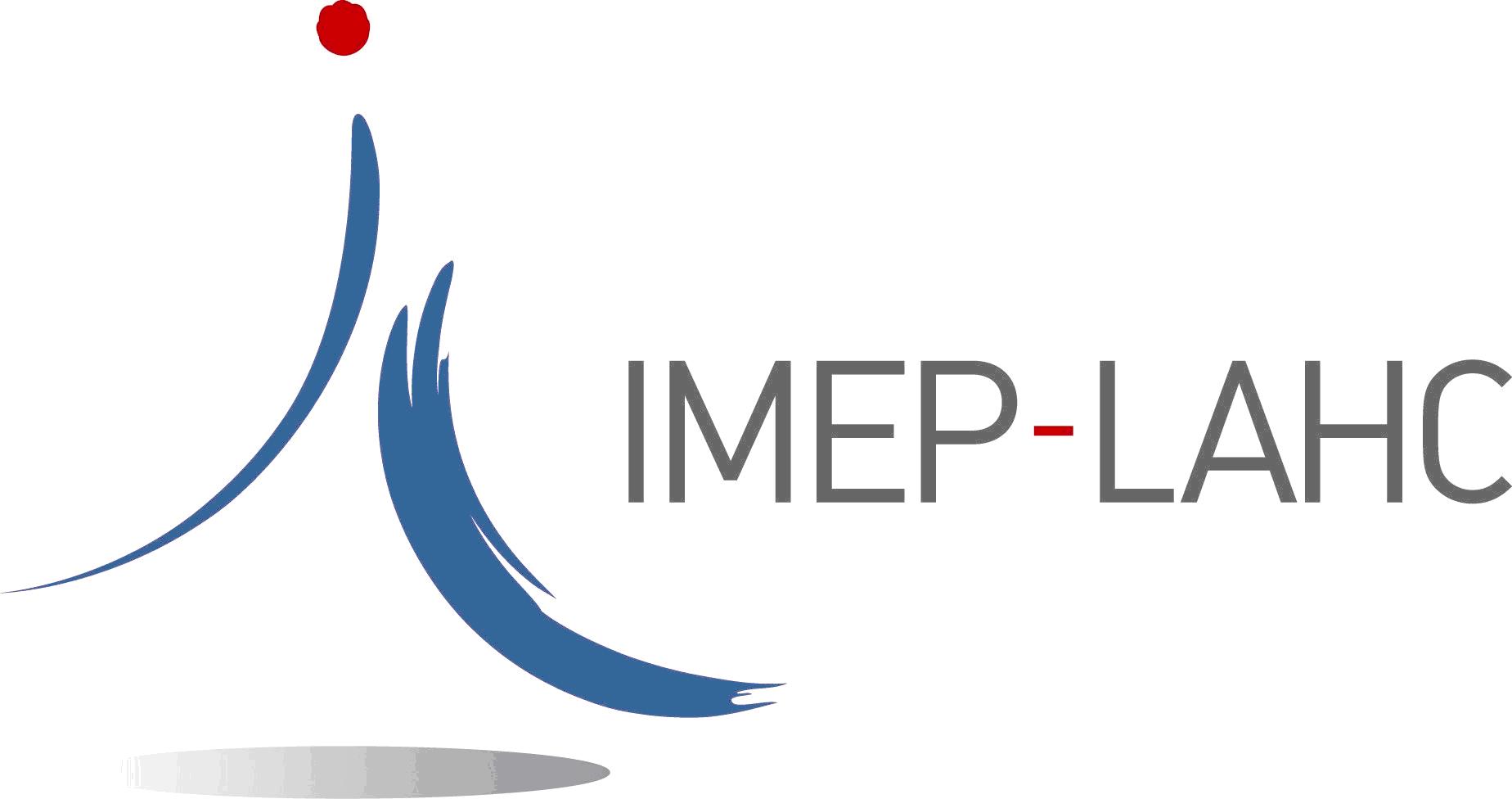Multi-feed reconfigurable antenna system using bio-sourced substrate for the sub-7 GHz 5G and beyond
Published : 21 April 2023
Thesis offer
Multi-feed reconfigurable antenna system using bio-sourced
substrate for the sub-7 GHz 5G and beyond
Context and objective:
The ICT sector contributed to about 3% of the worldwide CO2 emissions and this percentage is increasing with the increase in communication needs [1]. To meet the requirements of a high data rate communication system as well as low environmental impact, the PERSEUS project has been initiated in the frame of the PEPR-5G program.
This project aims at developing the sub-7 GHz (700 MHz – 7 GHz) for an energy-efficient and eco-friendly system.
Several approaches could be considered to reach this objective including the well-known 3Rs: “reduce, reuse, and recycle”. The bio-sourced materials [2] (e.g., paper [3]–[7], nano-cellulose conductive ink [7], plant-derived PLA (polylactic acid) [8]) could be used to reduce the need for fossil and rare resources. At the end of the life cycle, the bio-sourced materials could be recycled or decomposed to reduce the environmental impacts. The reconfigurable or modular systems could also be considered for sustainable electronics.
In this context, the DHREAMS team from the IMEP-LaHC laboratory (UMR 5130) aims at developing a multi-feed reconfigurable antenna system using bio-sourced substrate.
The multi-feed allows at the same time the modification of incident signal to change the antenna behaviors (frequency and radiation) and the integration of distributed amplifiers to increase the power efficiency [9]-[11]. To further reduce the losses in powercombining, the multi-function antenna will be considered to “remove” the matching network between the antenna and active components (UNICA) [12].
Workplan :
In order to fulfill our objectives, the Ph.D. candidate has to realize the following tasks:
➢ Literature review on the existing bio-sourced substrate in considering their physical (RF, mechanical, thermal) properties.
➢ Propose one or several potential bio-sourced substrates that could be used to develop the sub-7 GHz 5G systems.
➢ Complete this literature review by considering the reconfigurable (and) multi-feed antenna.
➢ Design and characterize some conventional antennas (with one feeding source) using the selected bio-sourced substrate(s) to identify and minimize the sources of error and to master the fabrication process.
➢ Design and characterize multi-feed antenna using selected bio-sourced substrate to evaluate the power handing capability in considering the integration with electronics components for reconfigurability.
➢ Design and characterize multi-feed reconfigurable antenna using selected bio-sourced substrate.
➢ Design and characterize active antenna with a distributed network of amplifiers using the UNICA concept.
Profile:
➢ Education level: Master 2R or Engineer in RF and electronics.
➢ Competences:
• Knowledge in electromagnetism, antenna, and RF components is required.
• Knowledge in electromagnetism simulation tools (e.g., CST, HFSS, ADS) and the RF measurement equipment (e.g., VNA, spectrum analyzer) will be appreciated.
• Fluency in English will be appreciated.
➢ Experiences: an experience (internship, study project, …) in the RF domain is expected.
➢ Being motivated in sustainable electronics is a plus.
Laboratory:
The Ph.D. candidate will join the DHREAMS team from the IMEP-LaHC laboratory (UMR 5130), 03 Parvis Louis Néel, 38016 Grenoble Cedex 1.
Supervisors:
Pr. Pascal XAVIER
Pr. Tan Phu VUONG
MCF. Nhu Huan NGUYEN
How to apply:
Please send us your CV and motivation letter BEFORE 12 MAY 2023.
Registration and financial support:
The Ph.D. candidate will have to register at the doctoral school EEATS and will receive financial support of about 2044.12€ / month (BRUT).
References:
[1] J. Malmodin and D. Lundén, “The Energy and Carbon Footprint of the Global ICT and E&M Sectors 2010–2015,” Sustainability, vol. 10, no. 9, p. 3027, Aug. 2018, doi: 10.3390/su10093027.
[2] https://www.ecologie.gouv.fr/materiaux-construction-biosources-et-geosources
[3] Ines Kharrat. Modélisation et réalisation d’un système de récupération d’énergie imprimé : caractérisation hyperfréquence des matériaux papiers utilisés. Optique / photonique. Université de Grenoble, 2014. Français. ffNNT : 2014GRENT106ff. fftel-01314122.
[4] Do Hanh Ngan Bui. Printed flexible antenna for energy harvesting. Optics / Photonic. Université Grenoble Alpes, 2017. English. ffNNT : 2017GREAT062ff. fftel-01721461f.
[5] Hong Phuong Phan. Design of 2D and 3D antennas on flexible materials. Optics / Photonic. Université Grenoble Alpes, 2018. English. ffNNT : 2018GREAT106ff. fftel-021388.
[6] Erika Vandelle. Exploration of antenna and passive beamforming techniques for wireless energy harvesting and transfer. Optics / Photonic. Université Grenoble Alpes, 2019. English. NNT : 2019GREAT060. tel-02905411.
[7] Maxime Wawrzyniak. Development of innovative and transparent radio frequency devices based on nanocelluloses silver nanowires hybrid system. Université Grenoble Alpes, soutenue en 2022.
[8] P. Xavier, G. Zakka El Nashef, E. Perrin, F. Jestin, D. Rauly, N. Corrao, et N. Chevalier, “Dispositifs hyperfréquences à faible impact environnemental,” Journées Nationales Microondes (JNM), Limoges, France, Juin 2022.
[9] S. Li, T. Chi, J. S. Park and H. Wang, “A multi-feed antenna for antenna-level power combining,” 2016 IEEE International Symposium on Antennas and Propagation (APSURSI), Fajardo, PR, USA, 2016, pp. 1589-1590, doi: 10.1109/APS.2016.7696501.
[10] H. Wang et al., “Towards Energy-Efficient 5G Mm-Wave links: Exploiting broadband Mm-Wave doherty power amplifier and multi-feed antenna with direct on-antenna power combining,” 2017 IEEE Bipolar/BiCMOS Circuits and Technology Meeting (BCTM), Miami, FL, USA, 2017, pp. 30-37,
doi: 10.1109/BCTM.2017.8112905.
[11] S. Li, T. Chi and H. Wang, “Multi-Feed Antenna and Electronics Co-Design: An E-Band Antenna- LNA Front End With On-Antenna Noise-Canceling and G
ₘ-Boosting,” in IEEE Journal of Solid- State Circuits, vol. 55, no. 12, pp. 3362-3375, Dec. 2020, doi: 10.1109/JSSC.2020.3024592.
[12] S. N. Nallandhigal and K. Wu, “Unified and Integrated Circuit Antenna in Front End—A Proof of Concept,” in IEEE Transactions on Microwave Theory and Techniques, vol. 67, no. 1, pp. 347-364, Jan. 2019, doi: 10.1109/TMTT.2018.2872962.



 Contact us
Contact us How to find us
How to find us










